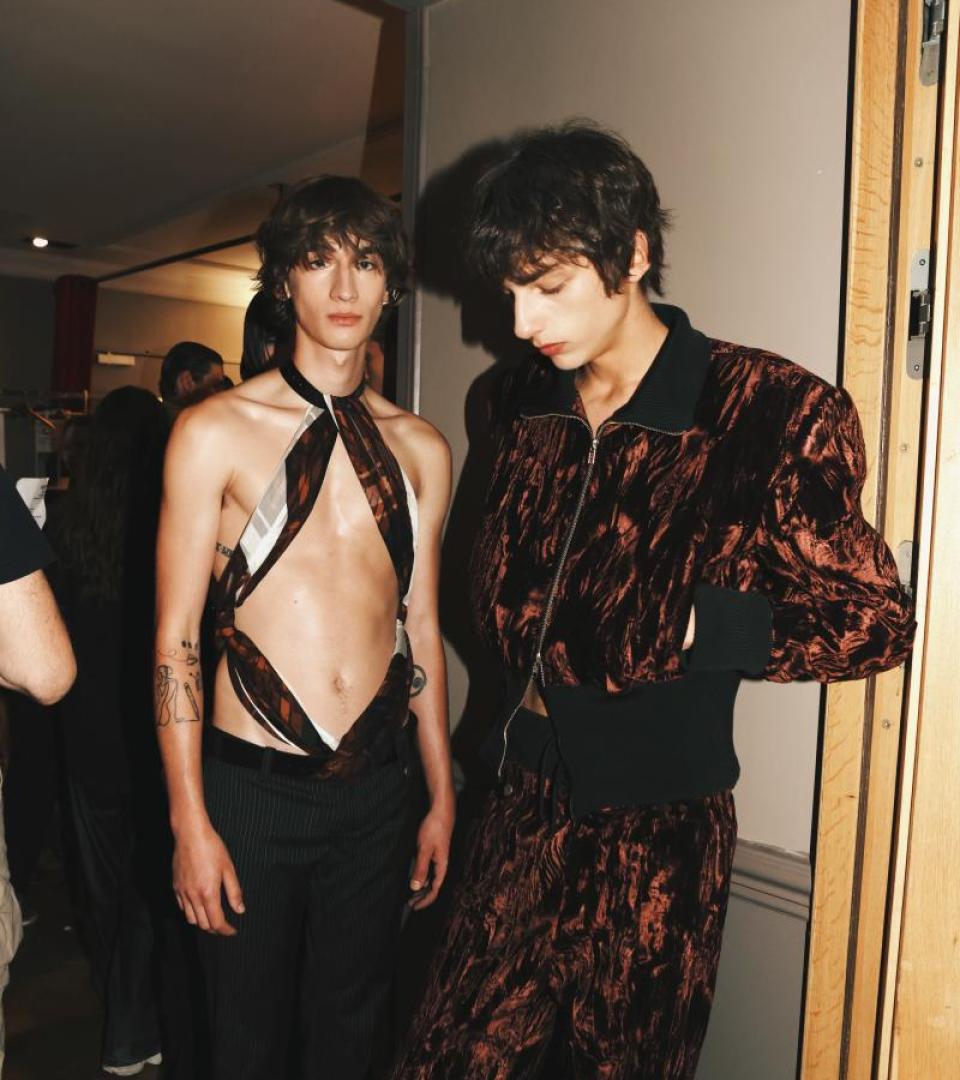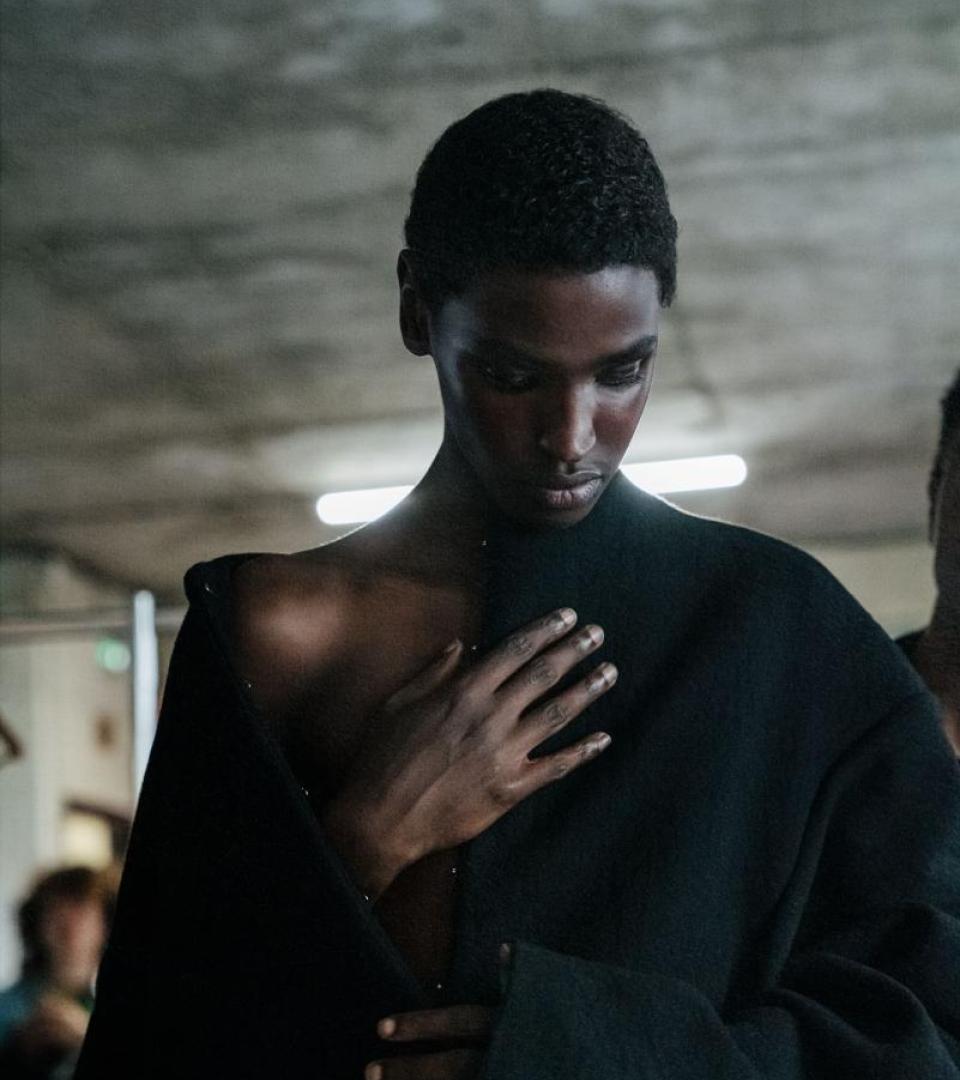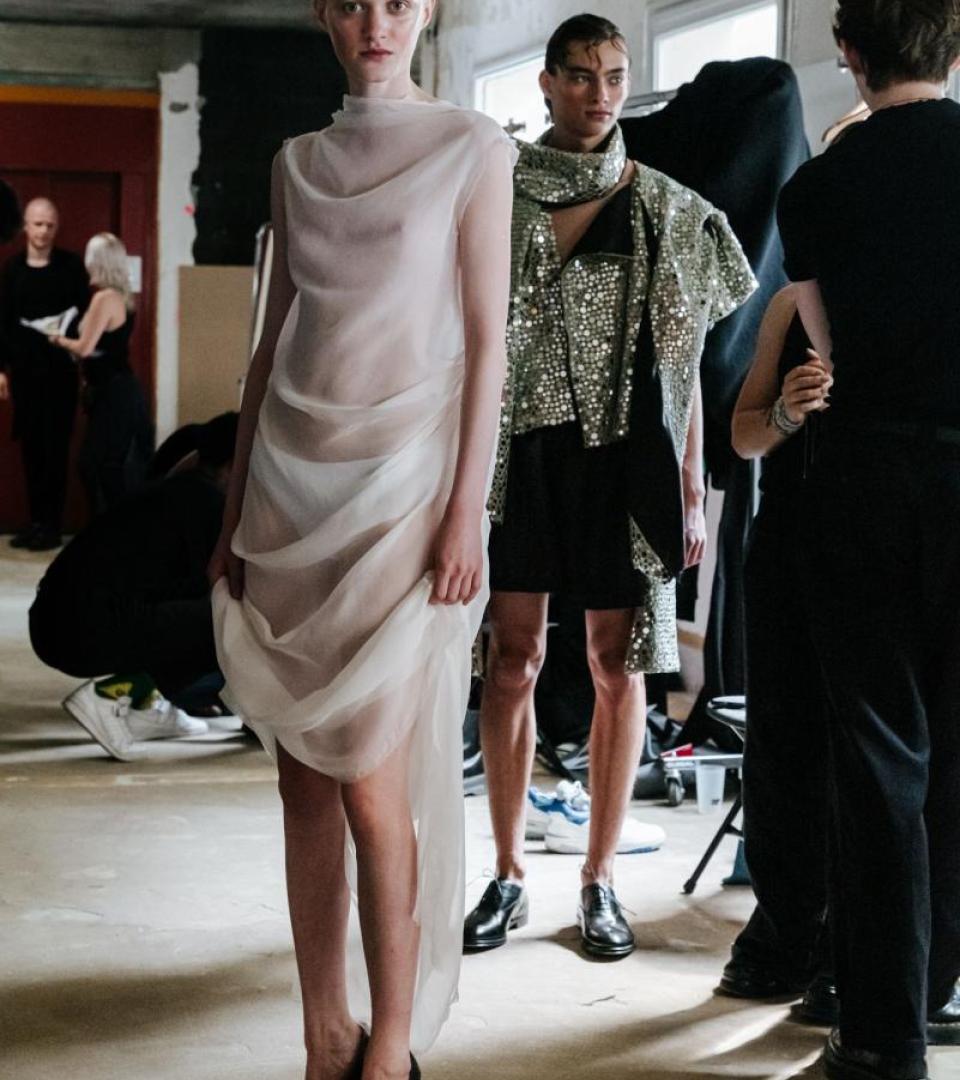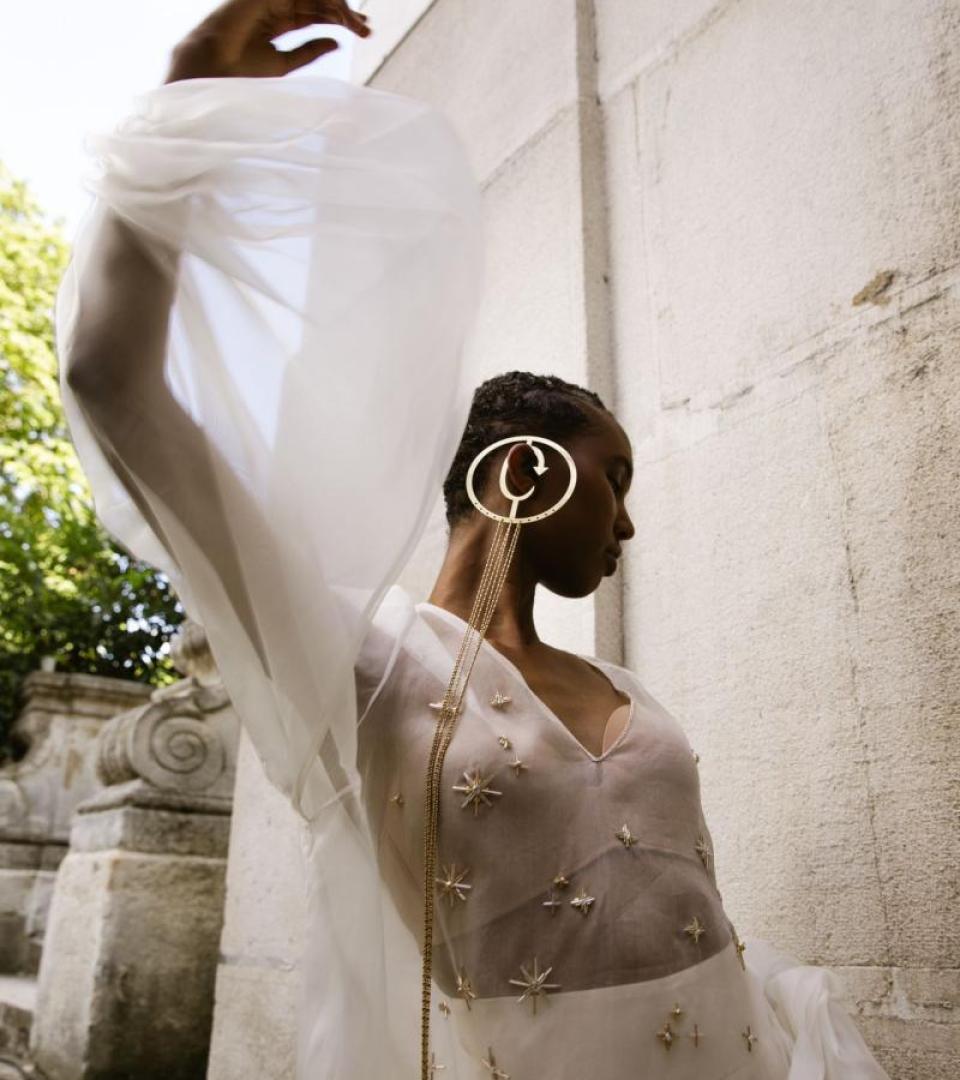Wales Bonner Concludes Her British-Caribbean Trilogy
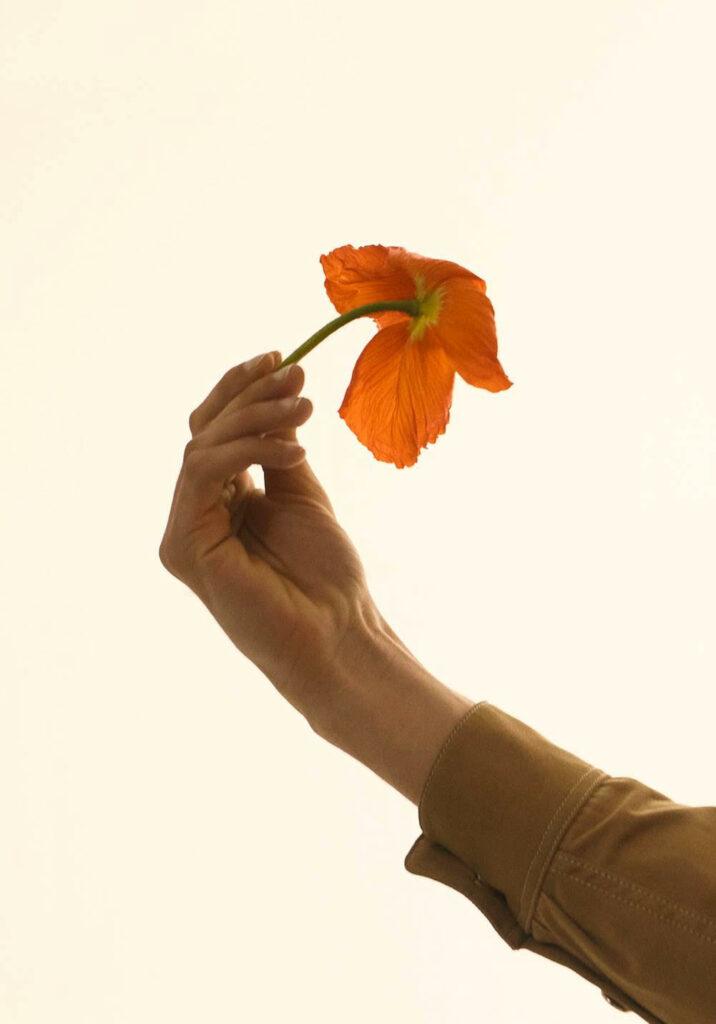
Much like an anthropologist, Grace Wales Bonner investigates contemporary Black identity while tracing a richly historical narrative line through her collections. For Fall Winter 21, the concluding chapter in a trilogy of collections, she spotlighted British intellectualism and Caribbean thought in a combined men’s and women’s collection, an accompanying film, and a digital zine.
Titled ‘Black Sunlight,’ the collection interrogates notions of identity and belonging, interprets tropes of British sartorialism like tailoring and sportswear, and infuses classicism and tradition with Afro-Atlantic sensibilities.
The film, ‘Light of Black Sunlight,’ is her second collaboration with Jeano Edwards. It is a sun-drenched tale told between London and the Jamaican locations of Port Antonio and Kingston. In it, the clothing acts as a tool that both transcends time, place, and identity, while marking the current moment of disrupting tradition.
The imagined wardrobes of 1980s radical thinkers who advanced postcolonial discourse in British academic institutions manifested primarily in roomy proportions referencing the tailoring of the time and the contemporary desire for relaxed clothing. Effortless, easeful, and elegant as ever, these clothes toyed with playful flourishes on academic style. Wales Bonner wanted to connect with craft and the intimacy of making, working closely with Savile Row tailor Anderson & Sheppard, even while subverting their tradition through the use of boating stripes, denim and leather accents, and with Adidas Originals on sportswear. This subconsciously led her to the use of tactile materials such as brushed cotton, wool cashmere, and soft knitwear on clothes that had the insouciant grace of an erudite scholar. Elsewhere, her artisanal approach to tactility resulted in hand-crocheted dresses, embroidered shirting made in India, and hand-printed woodblock-inspired paisley.
How would you reflect on your time in the fashion business?
I think the last period has been one of deep reflection. I’ve been able to look back on what I’ve created, what strands I want to bring forward, what elements are continuous, and what is the essence of what I do. It’s been interesting to be in that headspace while developing a collection because that’s an opportunity to reinforce your identity and work through things through creation.
Has your creativity been shaped by this warped world we’re living in?
I’m not sure if it’s shaped my creativity but I’ve had more space to be introspective. It’s been an opportunity to connect with people from further away, to collaborate with people from all over the world, and to have these moments of closeness even across vast distances.
What was the starting point for the collection?
I was thinking about intellectuals that have come to Britain to study and people that have come from the Caribbean, and thinking about an identity that is between places. The dislocation of places is something that I feel quite familiar with. It feels quite reflective of this physical moment as well. This is a more introspective place to be thinking about an academic wardrobe. In a way, thinking about this postcolonial language, it creates a space for even myself, as a designer, to frame my work and to understand what I’m exploring. The poetic or philosophical framework became what I explored in this collection.
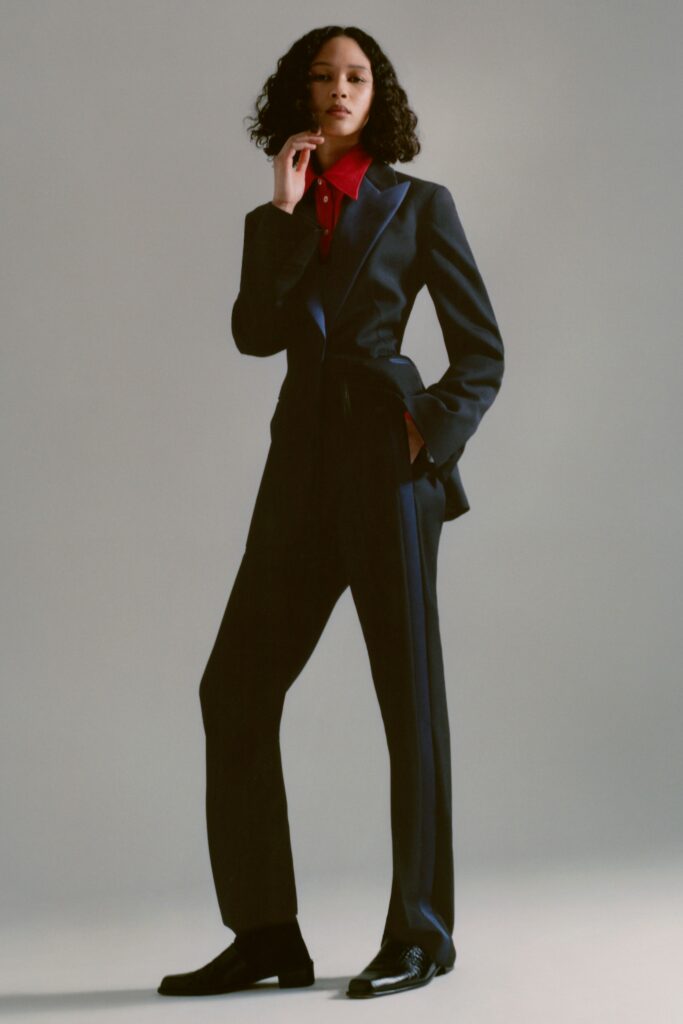
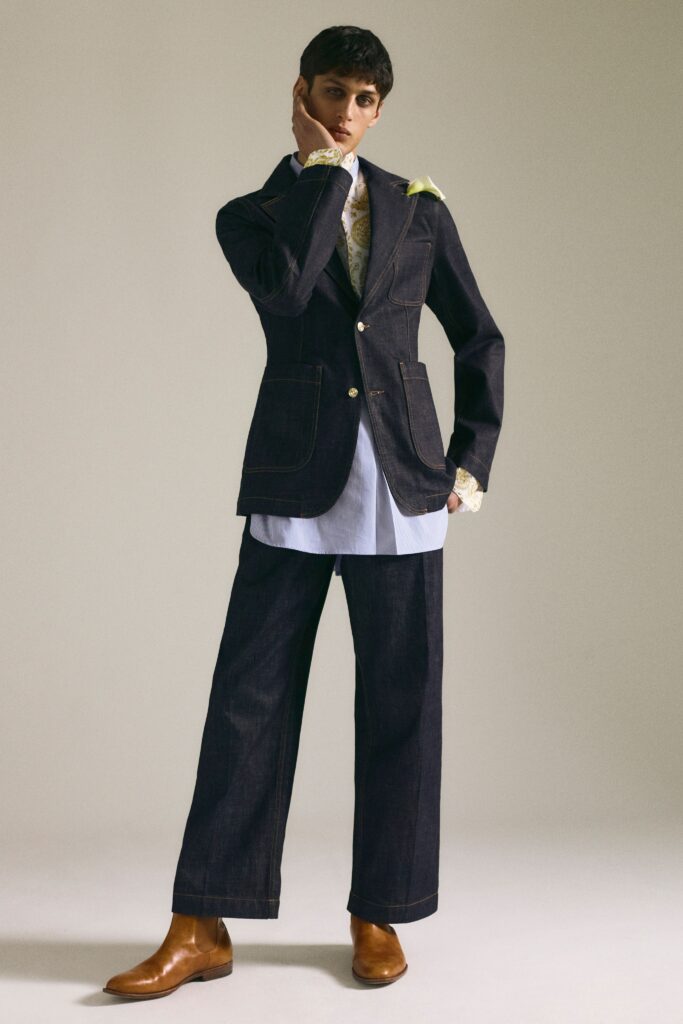
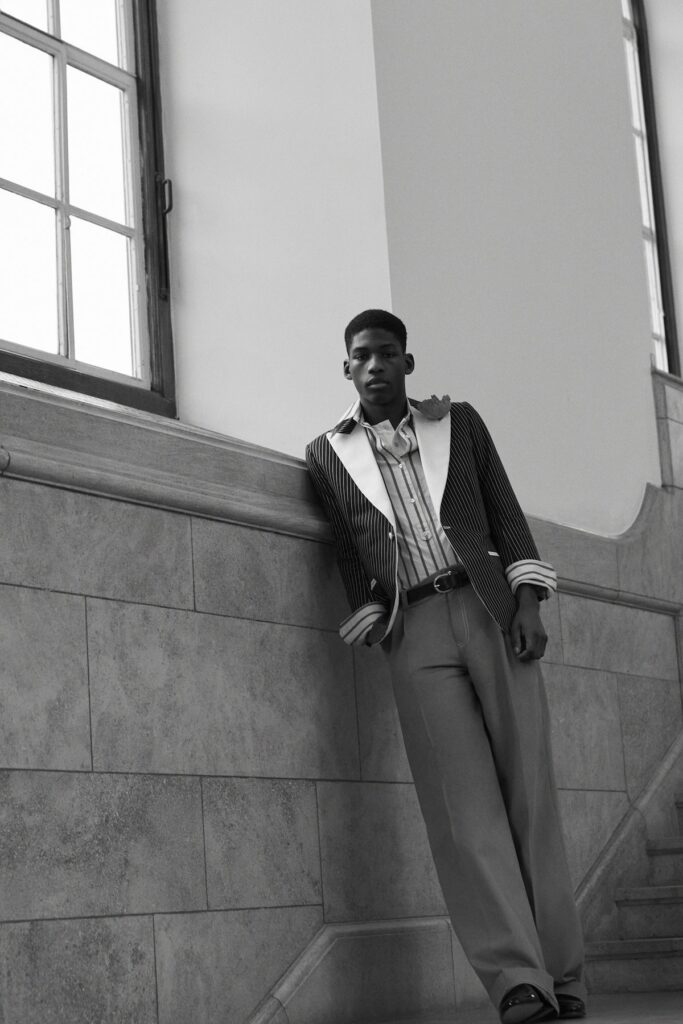
How does the film support the collection?
I see the film as a memory or dream of the collection, a recollection of the context around it. It connected this idea of connection between places. I’m always interested in different formats of communicating so I feel quite lucky to work on publications or film. It’s really nice to work with those mediums in an engaged way. I’ve always been interested in research as a grounding to everything I do, how you communicate some through clothing, literature, sound, filmmaking, or an experience, and this moment allows me to dive into certain elements of how you can connect with a certain moment or a feeling.
Another aspect of this collection is the continuation of your Adidas Originals collaboration. How do you reconcile this with your work as a high-fashion designer?
With what I’m exploring with Adidas, there’s an element of the archive, trying to look at early sportswear and how it’s created which feels quite romantic and precious. I want to bring that sensibility to Adidas. It’s really about a study of fabrication and how to make something look authentic from a certain time. I’m also interested in a way of dressing that’s still contemporary and playful. Working with Adidas or Anderson & Sheppard helps show the full breadth of the collection.
This collection is the concluding part of a trilogy. How did you find working in that framework?
Being able to stretch time and focus on a subject over 18 months is interesting because fashion has a specific rhythm so I thought about how I can stretch time and create my own space within that.
